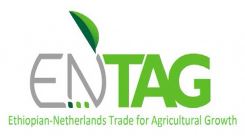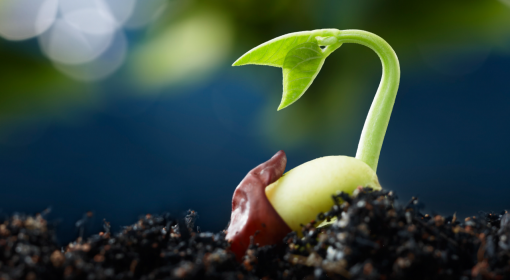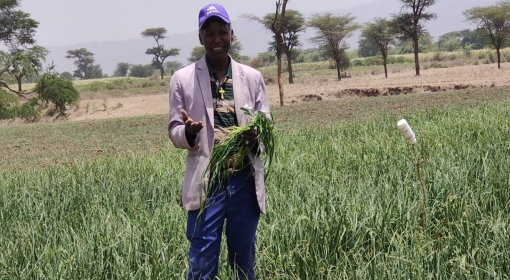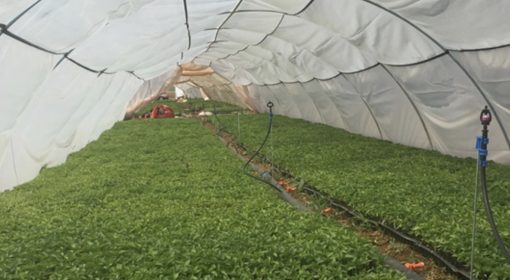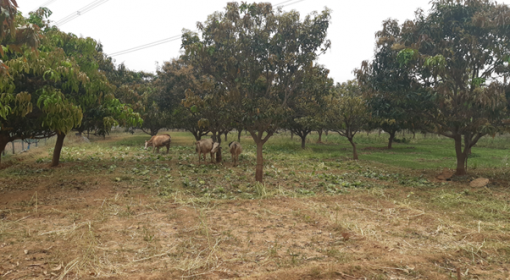How can we save the seeds?
By Sukru Esin , November 2018
In horticulture sector, seed is one of the most expensive inputs and not always easy to find in developing countries. The risk of germination failure rate is high when farmer directly sow the seed to the field. Failure percentage is depending on seed and special conditions but in average 30-50 % of seed cannot germinate. But seedling growing is better option for farmers. Germination rate is 80-95% in greenhouse. Also have a bigger root development, this makes the plant stronger and lower their chance of dying.
In Ethiopia, seedling production is quite limited. The economy of the country predominantly depends on agriculture, which contributes about 50% to the total GDP and 90% of export items of which horticultural crops are the leading component. In 2013 for example, Ethiopia exported 220,213 tons of vegetables and generated USD 438 million. Commercial horticultural crop production is carried out mainly in the central rift valley and eastern part of the country. Most of the vegetables and fruit produced in the eastern region are exported to Djibouti and small amounts of fruit and vegetables are also exported to Europe, Pakistan, Saudi Arabia and Yemen.
Small-scale producers involved in horticulture are estimated at 5.7 million farmers and vegetable seedling sector is not developed yet. Thanks to the ENTAG program(entag.org) MetaMeta has been promoting vegetable cultivation under tunnel greenhouse in Ethiopia and training local people on how to grow vegetable seedlings. If we can replicate this implementation in different part of the country and in different part of continent then definitely African farmers will save seeds (money) tremendously and with seedlings production will increase in Africa.
| Species | Seed quantity in 1 gr | For 1 decare of land (1000 sqm) | ||
| Direct seed sowing (gr) | Seedling transplantation (gr) | Seed saving | ||
| Green pea | 8 | 10000 | 8000 | 2000 |
| Spinach | 100 | 1200 | 700 | 500 |
| Green beans | 4 | 8000 | 6000 | 2000 |
| Broad bean | 1 | 3000 | 2000 | 1000 |
| Parsley | 700 | 10000 | — | |
| Radish | 120 | 500 | 300 | 200 |
| Celery root | 1800 | 150 | — | |
| Red beet | 50 | 1200 | 800 | 400 |
| Tomato | 300 | 80 | 8 | 72 |
| Pepper | 150 | 150 | 30 | 120 |
| Eggplant | 250 | 150 | 15 | 135 |
| Melon | 35 | 200 | 50 | 150 |
| Water melon | 15 | 200 | 60 | 140 |
| Cucumber | 35 | 200 | 50 | 150 |
| Carrot | 1000 | 400 | — | |
| Cabbage | 300 | 60 | 30 | 30 |
| Cauliflower | 350 | 60 | 25 | 35 |
| Lettuce | 900 | 60 | 40 | 20 |
| Leek | 350 | 1000 | 500 | 500 |
| Onion | 275 | 700 | — | |
| Zucchini | 14 | 800 | 150 | 650 |
